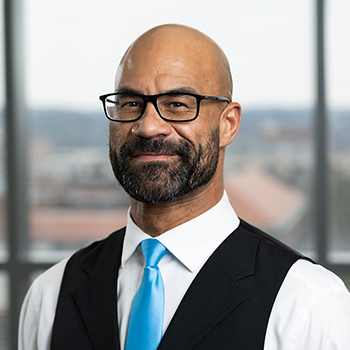Reframing Rigor to Promote Equity in Teaching and Learning
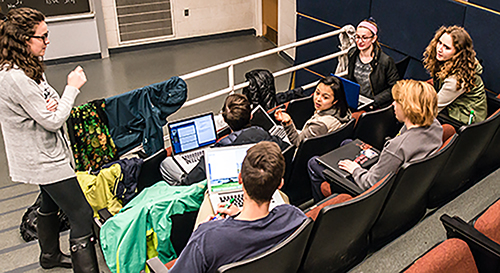 In scientific research, rigor refers to the level of care and precision used in the design, execution, and interpretation of experiments and studies. For example, the National Institute of Health (NIH), a major funding source for medical and biological sciences, requires grant applications and progress reports to adhere to a strict standard of rigor. In this setting, scientific rigor is defined as: “the strict application of the scientific method to ensure unbiased and well-controlled experimental design, methodology, analysis, interpretation and reporting of results.” While this definition is STEM specific, descriptions of rigor in other disciplines also focus on thoughtfully executing one’s work, ensuring it is grounded in scholarship, and examining one’s biases in analysis and interpretation (e.g., see Gill & Gill, 2020; Langtree, Birks, & Biedermann, 2019; and Riggs & Büchler, 2007).
In scientific research, rigor refers to the level of care and precision used in the design, execution, and interpretation of experiments and studies. For example, the National Institute of Health (NIH), a major funding source for medical and biological sciences, requires grant applications and progress reports to adhere to a strict standard of rigor. In this setting, scientific rigor is defined as: “the strict application of the scientific method to ensure unbiased and well-controlled experimental design, methodology, analysis, interpretation and reporting of results.” While this definition is STEM specific, descriptions of rigor in other disciplines also focus on thoughtfully executing one’s work, ensuring it is grounded in scholarship, and examining one’s biases in analysis and interpretation (e.g., see Gill & Gill, 2020; Langtree, Birks, & Biedermann, 2019; and Riggs & Büchler, 2007).
How might we conceptualize rigor in a college teaching setting? At a minimum, it would involve thoughtfully chosen, clearly laid out learning goals, targeted assessments of those goals, and learning activities designed for students to reach those goals, independent of student demographic or background. The design and implementation of a rigorous course would be grounded in the scholarship of teaching and learning for the discipline. Additionally, an indicator of rigor would measure how many students (and by how much) have pushed the boundaries of their knowledge, skills, and attitudes in order to meet the course objectives.
Fall 2020 Course Evaluations: Creating Useful Questions
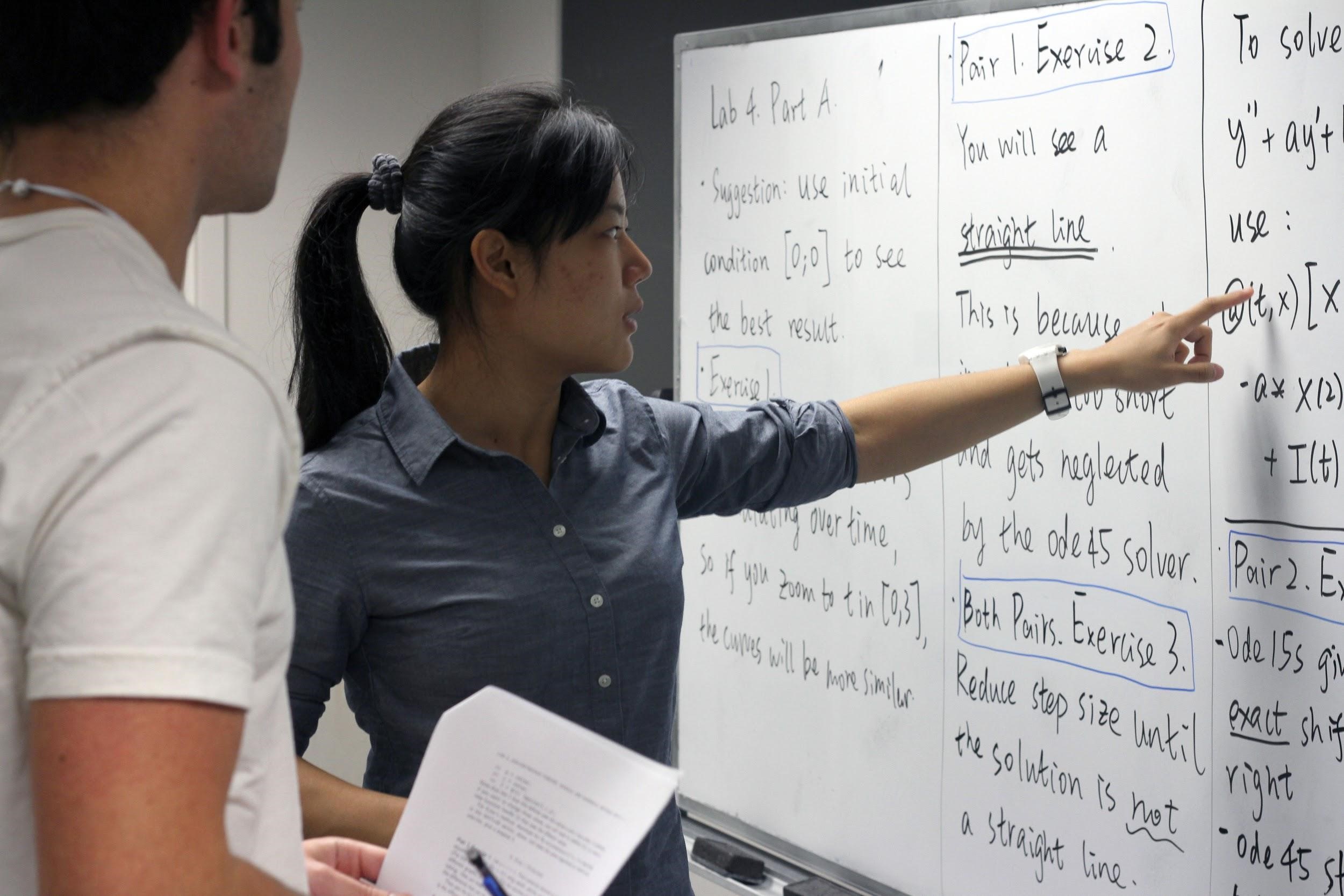 As we pass the middle of the term, instructors are asked to think about course evaluations that students complete at the end of the term (November 19-December 9). By November 17, U-M instructors are invited to preview evaluation questions and create a few of their own if they wish. What principles or goals might guide you in that process?
As we pass the middle of the term, instructors are asked to think about course evaluations that students complete at the end of the term (November 19-December 9). By November 17, U-M instructors are invited to preview evaluation questions and create a few of their own if they wish. What principles or goals might guide you in that process?
In this blog post, we review the university-wide questions that appear on end-of-semester evaluations, as well as those added for Fall 2020 in particular, and we offer guidance on how to make the most of instructor-created questions. These principles can also be used to create questions for feedback that you collect at other times of the semester. In addition, this previous CRLT blog post provides strategies for increasing student response rates, and this Registrar's site contains details about the course evaluation process.
Applying Case-Based Teaching in a Range of Disciplines
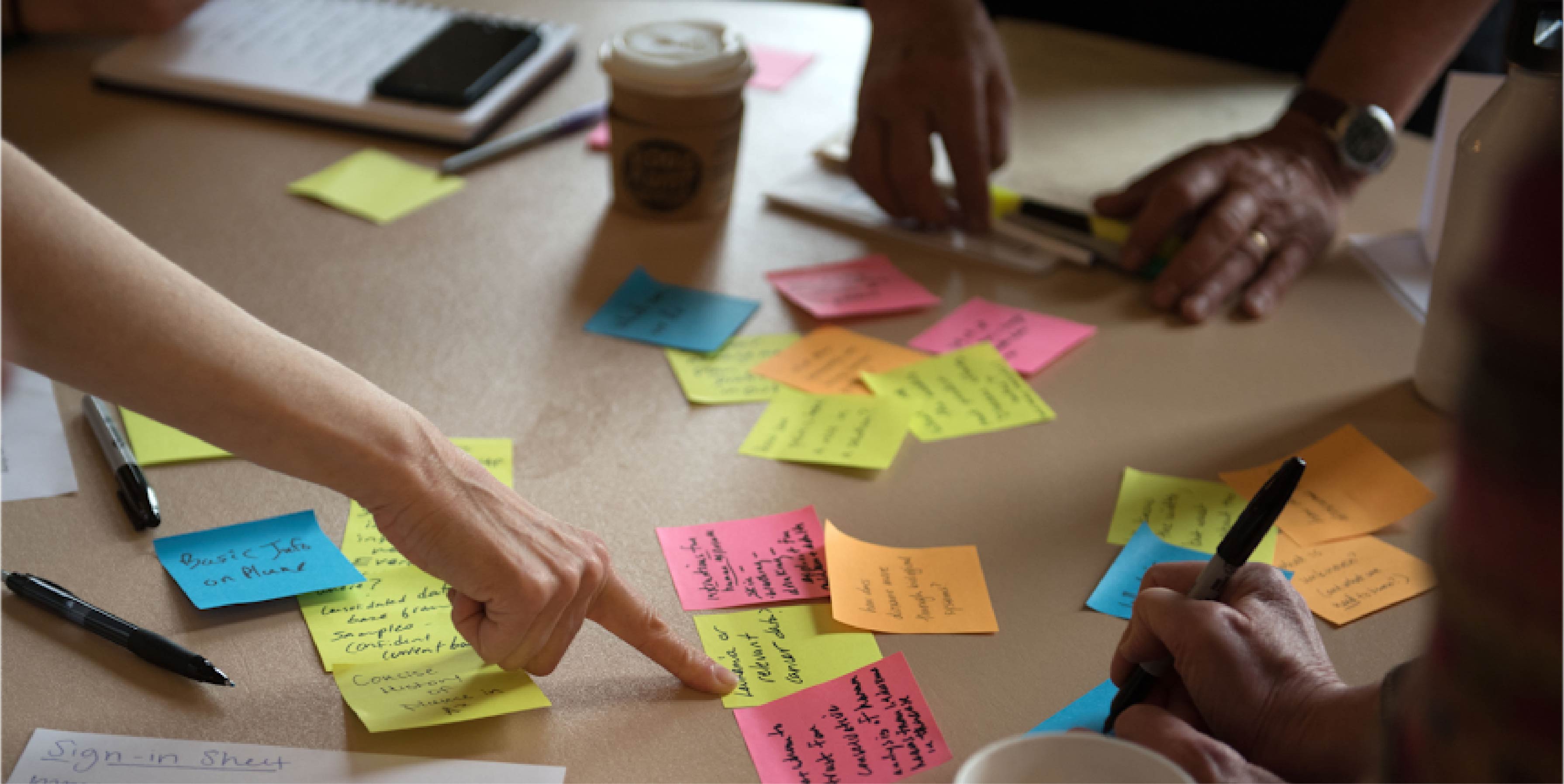 Given the research on the powerful impact of active engagement on student learning, many instructors at U-M are thinking about how they can increase opportunities for their students to be active and engaged. One way to accomplish this goal is to include case-based teaching in your courses. Case-based teaching is likely a familiar approach if you teach or study in the fields of law, medicine, or business. Funded by a grant from U-M’s Transforming Learning for a Third Century Initiative, the Michigan Sustainability Cases (MSC) project has been experimenting with ways to apply this pedagogy in a wider range of disciplines. A new CRLT Occasional Paper summarizes best practices and lessons learned from MSC that can help you integrate this approach into your teaching, whatever your discipline.
Given the research on the powerful impact of active engagement on student learning, many instructors at U-M are thinking about how they can increase opportunities for their students to be active and engaged. One way to accomplish this goal is to include case-based teaching in your courses. Case-based teaching is likely a familiar approach if you teach or study in the fields of law, medicine, or business. Funded by a grant from U-M’s Transforming Learning for a Third Century Initiative, the Michigan Sustainability Cases (MSC) project has been experimenting with ways to apply this pedagogy in a wider range of disciplines. A new CRLT Occasional Paper summarizes best practices and lessons learned from MSC that can help you integrate this approach into your teaching, whatever your discipline.
Teaching in Tumultuous Times
 We wish we did not have so many occasions to provide guidance to instructors on teaching in tumultuous times. The campus community is beginning yet another new term amidst a range of distressing events: from hate-based violence in the U.S. and around the world (including but certainly not limited to a series of anti-Semitic attacks in New York, a church shooting in Texas, and violence against Muslims in India), to environmental disasters in many parts of the world, to escalating conflict between the US and Iran. As we return from the break to the regular work of teaching and learning, many people in our community are feeling threatened and terrorized, grieving deeply, experiencing intense anger, or fighting a sense of despair at a swelling of hatred and violence in our nation and world. CRLT regularly re-posts the guidance below because it is important to remember that these emotions enter our classrooms, studios, and labs, and they can understandably and significantly affect students’ ability to focus on their learning and work with peers in our intellectual community.
We wish we did not have so many occasions to provide guidance to instructors on teaching in tumultuous times. The campus community is beginning yet another new term amidst a range of distressing events: from hate-based violence in the U.S. and around the world (including but certainly not limited to a series of anti-Semitic attacks in New York, a church shooting in Texas, and violence against Muslims in India), to environmental disasters in many parts of the world, to escalating conflict between the US and Iran. As we return from the break to the regular work of teaching and learning, many people in our community are feeling threatened and terrorized, grieving deeply, experiencing intense anger, or fighting a sense of despair at a swelling of hatred and violence in our nation and world. CRLT regularly re-posts the guidance below because it is important to remember that these emotions enter our classrooms, studios, and labs, and they can understandably and significantly affect students’ ability to focus on their learning and work with peers in our intellectual community.
Choosing Your Classroom Technology Policy
 As U-M instructors prepare their syllabi for the upcoming term, one of the most common questions we hear is “What should I include in my technology policy?” As many U-M faculty examples demonstrate, laptops and mobile electronic devices can be leveraged in the classroom to enhance student interaction, collaboration, content knowledge, and practice with key skills. However, they can also distract student users (e.g., Ravizza et al., 2016) and peers (e.g., Sana, Weston, & Cepeda, 2013). Research indicates that divided attention results in poorer performance (e.g., Junco & Cotten, 2012; Leroy, 2009), and that laptop use encourages verbatim note taking, which is less effective for learning (Mueller & Oppenheimer, 2014). So how do you balance these concerns with the desire to leverage technology to enhance student learning?
As U-M instructors prepare their syllabi for the upcoming term, one of the most common questions we hear is “What should I include in my technology policy?” As many U-M faculty examples demonstrate, laptops and mobile electronic devices can be leveraged in the classroom to enhance student interaction, collaboration, content knowledge, and practice with key skills. However, they can also distract student users (e.g., Ravizza et al., 2016) and peers (e.g., Sana, Weston, & Cepeda, 2013). Research indicates that divided attention results in poorer performance (e.g., Junco & Cotten, 2012; Leroy, 2009), and that laptop use encourages verbatim note taking, which is less effective for learning (Mueller & Oppenheimer, 2014). So how do you balance these concerns with the desire to leverage technology to enhance student learning?
Supporting First-Generation College Students in the Classroom
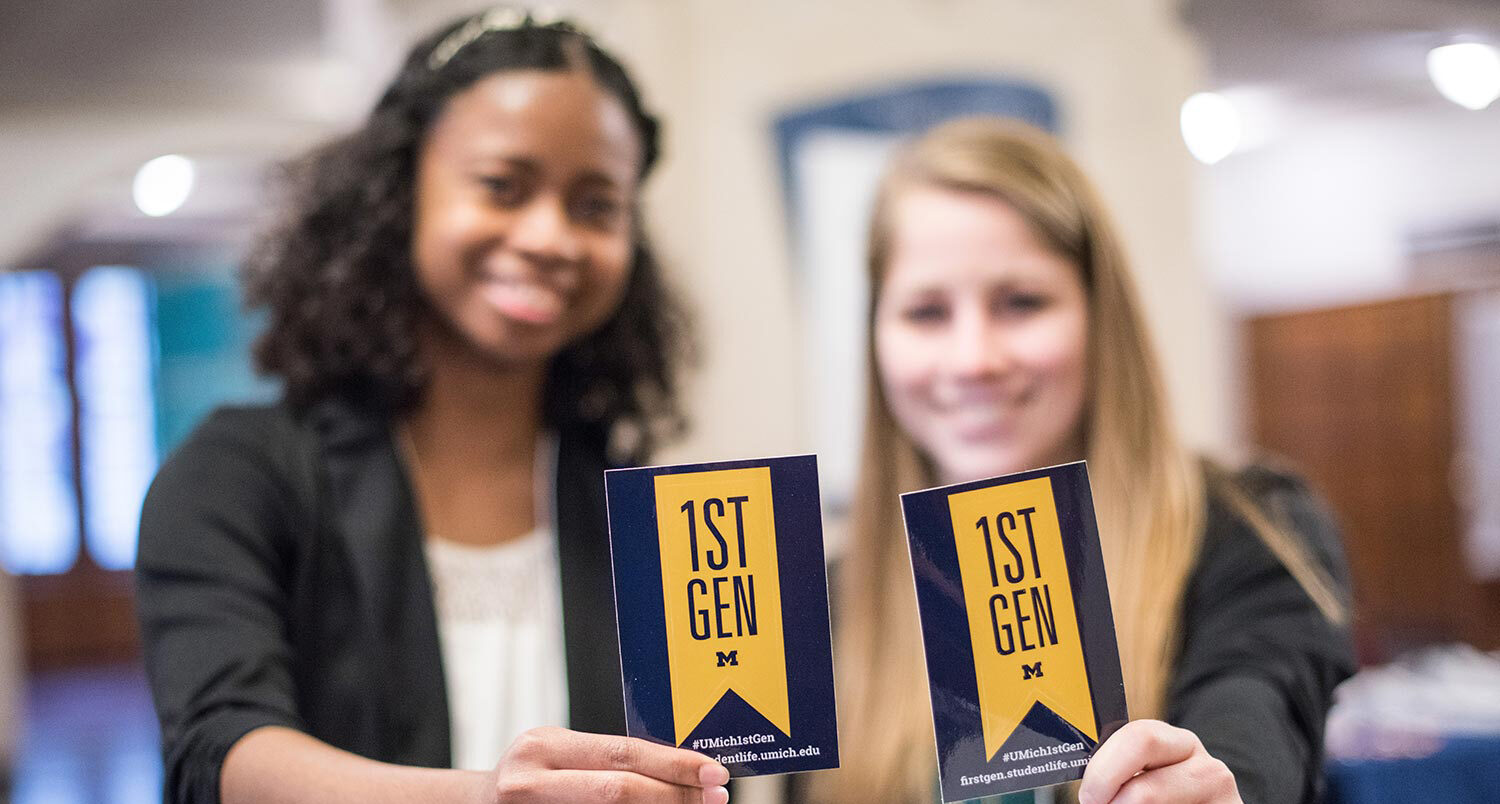 In 2019, 15.3% of all incoming domestic undergraduate U-M students were first-generation college students (FGCS), or students who are the first generation in their family to attend college, up from 8.7% in 2015 (The University Record). The university has been working for years to create supportive conditions for FGCS, many of which have come together recently: in addition to the Kessler Presidential Scholars Program established in 2009, U-M launched a first-gen focused website in 2016, and the First-Generation Student Gateway housed in the Office of Academic Multicultural Initiatives opened in 2017.
In 2019, 15.3% of all incoming domestic undergraduate U-M students were first-generation college students (FGCS), or students who are the first generation in their family to attend college, up from 8.7% in 2015 (The University Record). The university has been working for years to create supportive conditions for FGCS, many of which have come together recently: in addition to the Kessler Presidential Scholars Program established in 2009, U-M launched a first-gen focused website in 2016, and the First-Generation Student Gateway housed in the Office of Academic Multicultural Initiatives opened in 2017.
As the institution expands its focus on FGCS on campus, what can you do as an instructor to better support FGCS in your classroom?
Revisiting Active Learning: Bridging the Gap Between What Students Perceive They Learn vs. What They Actually Learned
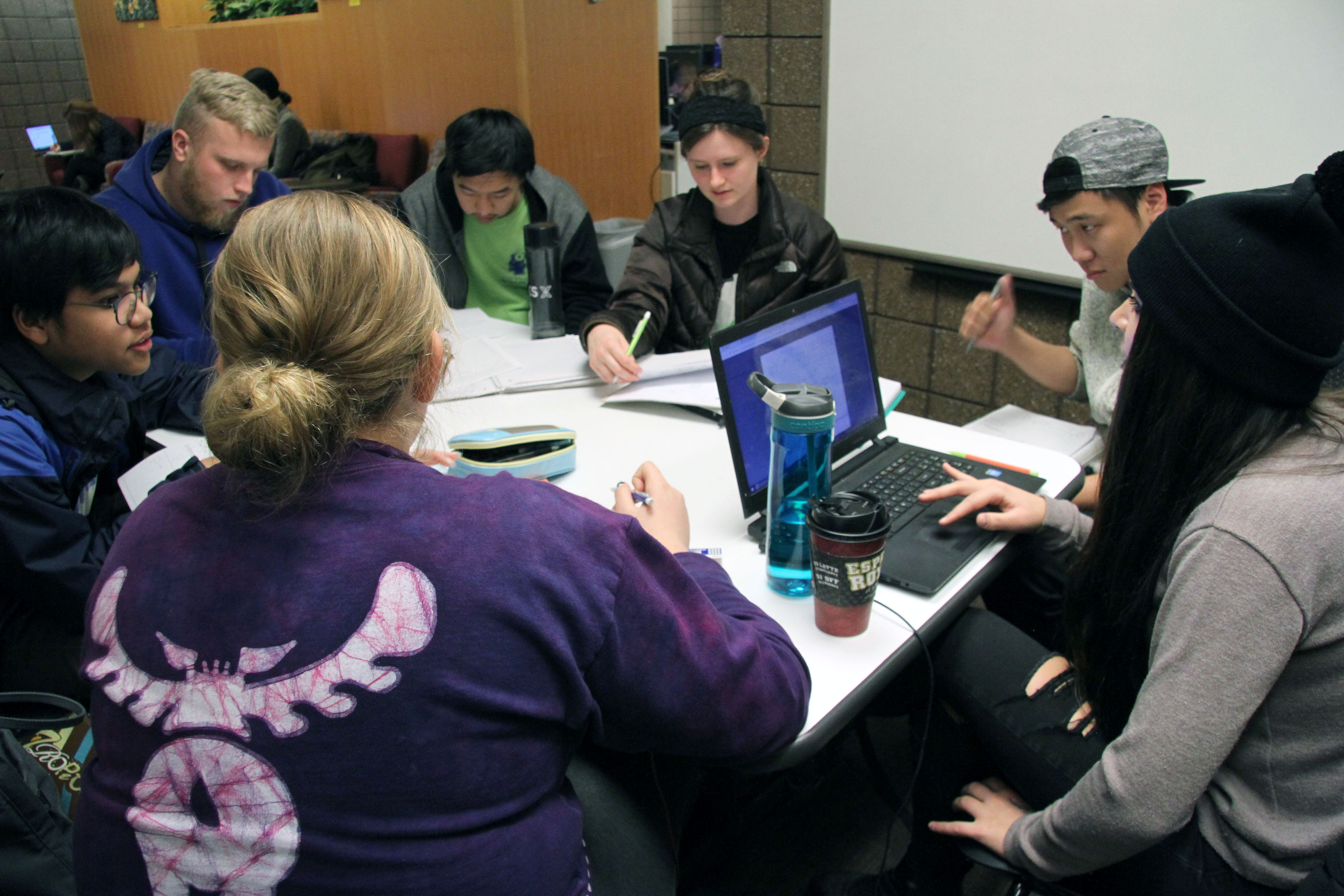 With the construction of dedicated active learning spaces across U-M’s campus, widespread professional development focused on active learning, and many instructors looking to increase student engagement, students are experiencing active learning more and more in their time at the University of Michigan. But how do students perceive this kind of instructional approach? Studies have indicated that the majority of students respond positively to active learning, and although resistance occurs, it occurs at relatively low levels (Finelli et al, 2018). However, a new study points to a potential aspect of students' experiences of learning in such classrooms that instructors may want to address (Deslauriers et al, 2019). In short, while students in active learning classrooms learn more, they may feel that they have learned less.
With the construction of dedicated active learning spaces across U-M’s campus, widespread professional development focused on active learning, and many instructors looking to increase student engagement, students are experiencing active learning more and more in their time at the University of Michigan. But how do students perceive this kind of instructional approach? Studies have indicated that the majority of students respond positively to active learning, and although resistance occurs, it occurs at relatively low levels (Finelli et al, 2018). However, a new study points to a potential aspect of students' experiences of learning in such classrooms that instructors may want to address (Deslauriers et al, 2019). In short, while students in active learning classrooms learn more, they may feel that they have learned less.
The authors looked at students’ outcomes and their perceptions of learning in a large-enrollment introductory physics course (Deslauriers et al, 2019). While this study was performed in a STEM classroom, the researchers highlight ways in which these principles might also be extended into non-STEM active learning classrooms. Students in the course were divided into two random groups: one which would experience “active instruction (following best practices in the discipline)” while the second group received “passive instruction (lectures by experienced and highly rated instructors).” These groups then switched the type of learning they did in a subsequent unit, to allow for comparison. Students participating in the active learning sections earned higher grades, suggesting they learned more. But in self-reported surveys, those students perceived that they had learned less compared to the lecture-based sections.


